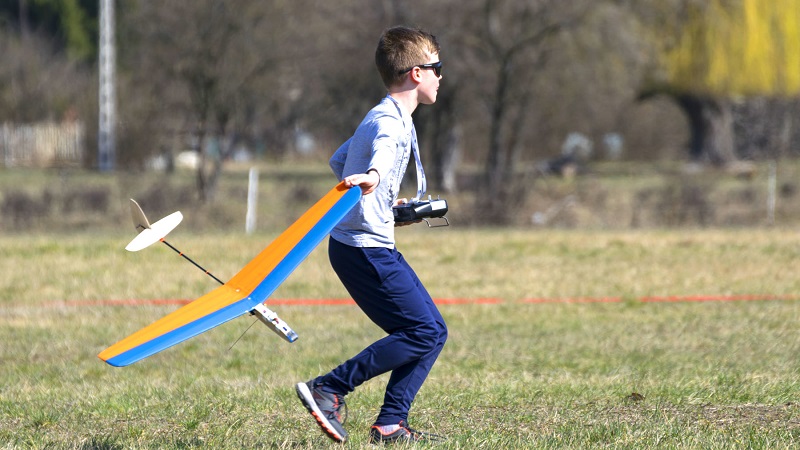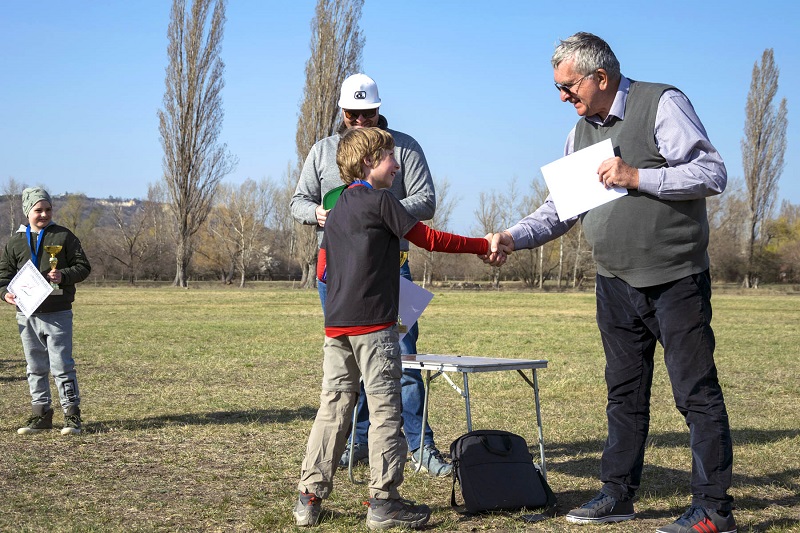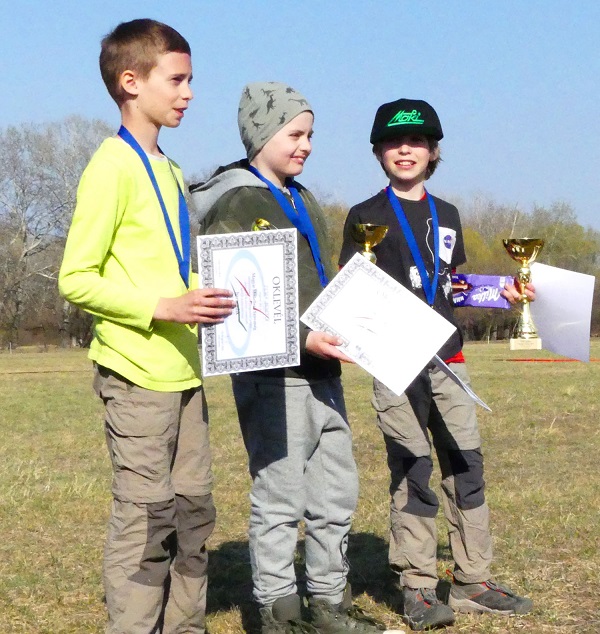Youngsters attracted to aeromodelling through new Hungarian initiative
The Hungarian Association of Modellers (MMSZ) hopes that by investing in programs to attract young participants, the sport of aeromodelling will enjoy a renaissance.
A new educational program has recently been rolled out, with a total of 68 BigViCK mini DLG kits being distributed to model clubs. The kit is designed to be easy to build and robust, with cheap electronics, making it accessible for new modelers. As part of the program, youngsters were guided by an experienced modeler, with a competition at the end, in two age categories – under and over 14.
Dr Géza Bognár kindly agreed to share the learnings from this initiative to encourage other clubs to promote aeromodelling to young people. He is one of five members of the MMSZ Presidium and, since 2017, has been responsible for education, which, he believes, is key to diversifying and developing the sport.
What is the idea behind distributing model kits to youngsters through clubs?
Some of the challenges that are faced in aeromodelling - in Hungary and in general - are that participation from youngsters and female pilots, remains low. It is estimated that of the 1590 members of the MMSZ (which includes aircraft as well as boats and cars), around 50 are aged under 18.
What are the main objectives of this initiative?
The main objective of this initiative was to give youngsters a feel for modelling. A secondary aim was to see if clubs are capable of assuring education for youngsters if they have financial support from the MMSZ.
Which expected or unexpected result(s) have you got so far?
The expected result was the enthusiasm of youngsters participating in the program. The unexpected result was the high-level enthusiasm of the activity leaders. We were a little bit sorry for the fact that only 29 competitors were presented in the competition, while 68 kits and radios were distributed.

Launching the model
Why did you choose these specific kits?
We, the MMSZ, were supplying not only kits but kits plus radios and electronics as well. We organised a debate within the presidium, then within the category leaders. The decision was made on the basis of the result of these debates. Why this model? It is an easy-to-build one, relatively cheap, and the F3K category is a very sporting and spectacular one. The selected radio is programable via smartphone, and we supposed that all youngsters enjoy manipulating by their smartphones!
Tell us about the competition… Were all the competitors recipients of your kits?
This competition was the final step of our experimental education program. Youngsters guided by an experienced modeller, who was delegated and approved by a model club, built their own planes. Only the competitors involved in the program were invited to this competition and the models supplied by MMSZ were authorised for use in the competition.

Congratulations to the winners
How did you choose who received the kits? What ages are the children?
Model clubs had to apply for the kits, and we approved their application. The average age of competitors was 13 years, the oldest one was 17 and the youngest was 8. We applied two age categories: under 14 and over 14 years.

What was the biggest reward you got?
- The happiness of kids.
- Club leaders decided immediately to organise such types of competitions.
Until when will you run this program?
This program will not be repeated in the same format, but on the basis of the experimental program, we are now elaborating a more detailed program, which will be a three-level one and if it meets the consent of the MMSZ general assembly, we intend to spend the great majority of our annual budget on this future program.
What advice would you give to other FAI Members or Federations wishing to create such programs?
- One of the best investments in aeromodelling is the education of kids.
- National federations should support clubs in providing education.
- Do not supply material free of charge. Our biggest error was to supply material free of charge. The majority of costs should be assured by the national federation and the minor part by the clubs, perhaps even involving the participants. We are thinking of a ratio of about 80%-20%.
about The BigViCK mini DLG
- Wingspan: 1000 mm
- Length: 750 mm
- Profile: MH32
- Take-off weight: 120 g
- Required electronics:
- Receiver: 3-5g
- Servos: 2 microservos of 2.2-3.7 g
- Battery: one cell 300 m Ah
Images: MMSZ

